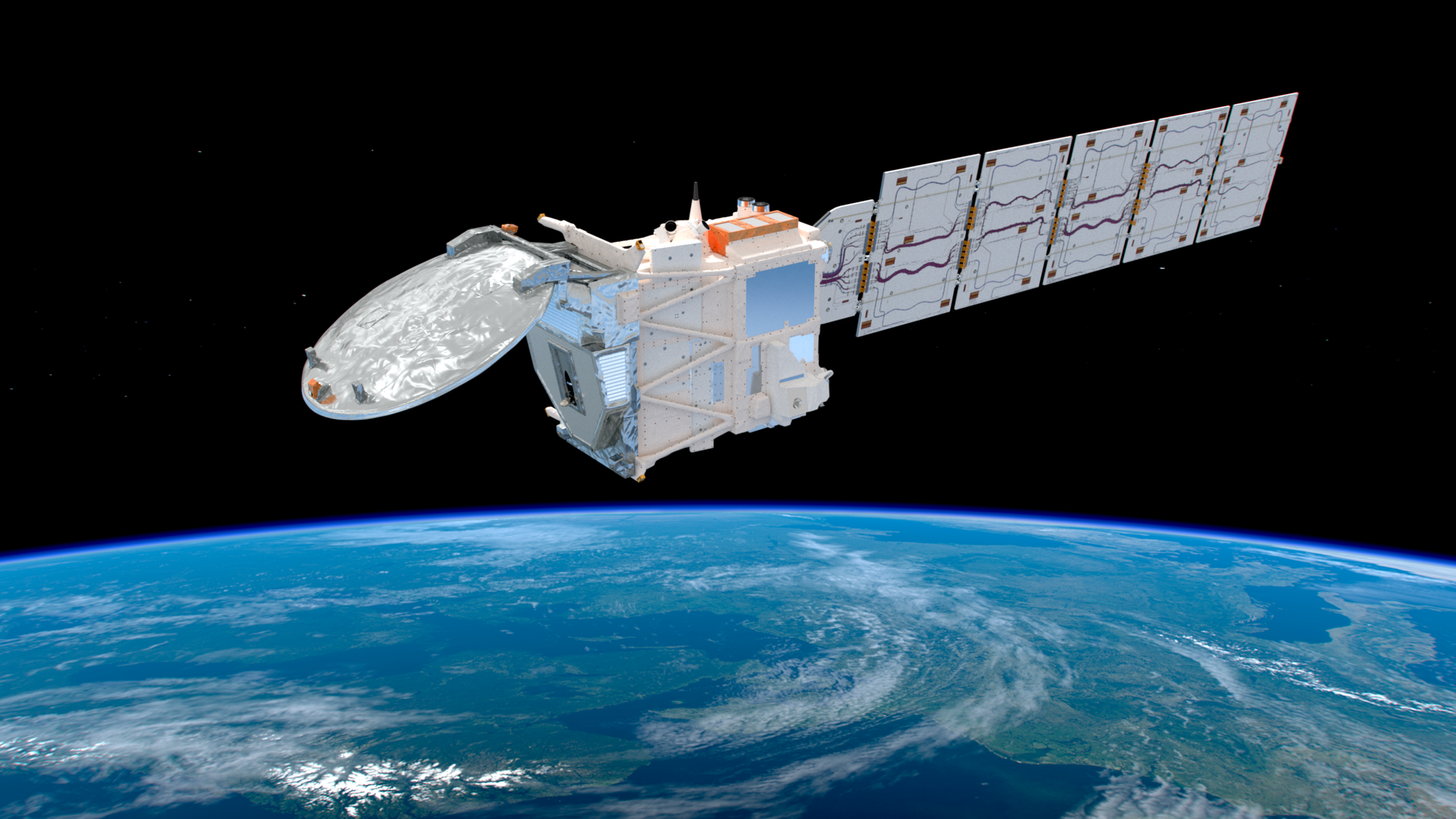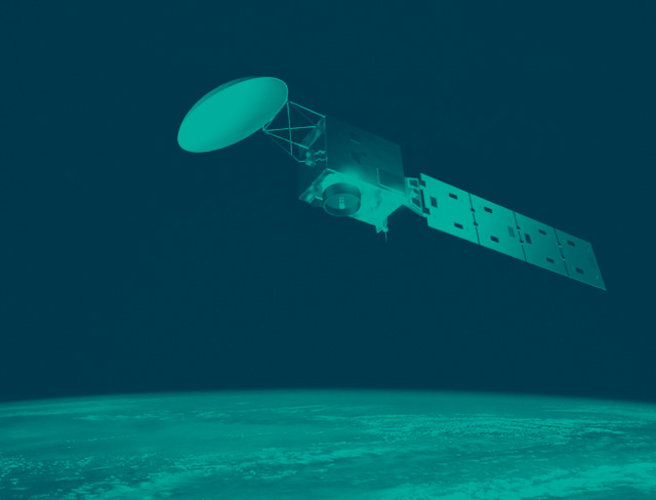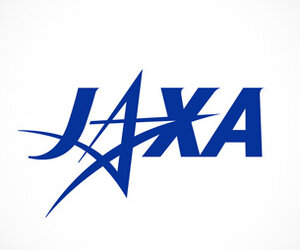Introducing the EarthCARE mission
ESA’s Earth Cloud Aerosol and Radiation Explorer (EarthCARE) satellite mission is designed to advance our understanding of the role that clouds and aerosols play in reflecting incident solar radiation back out to space and trapping infrared radiation emitted from Earth’s surface.
Although it is known that clouds play an extremely important role in atmospheric heating and cooling, they remain one of the biggest uncertainties in our understanding of how the atmosphere drives the climate system.
Energy in the atmosphere is a balance between incoming solar radiation from the Sun, which heats Earth, and outgoing thermal radiation, which cools Earth.
Clouds and, to a lesser extent, aerosols reflect incident solar light back out to space, but they also trap outgoing infrared light. This leads to a net effect of either cooling or heating of the planet.
In addition, aerosols influence the life cycle of clouds, and so contribute indirectly to their radiative effect.

The impact of clouds on atmospheric heating and cooling is not only much stronger than the effect of greenhouse gases such as carbon dioxide, but also much more complex owing to the complicated structure of clouds. Furthermore, the life cycle of clouds depends on the temperature, moisture and dynamics of the atmosphere.
With global climate change increasingly affecting our planet, EarthCARE's advanced instruments and technology are poised to provide key data to improve the accuracy of climate models and support numerical weather prediction.
The mission comes at a critical time in the development of kilometre-scale resolution global climate models and promises to provide an important contribution to a better understanding of cloud convection and its role in Earth’s radiation budget.
EarthCARE's unique set of four instruments provide a holistic view of the interplay between clouds, aerosols and radiation.
The satellite’s cloud profiling radar provides information on the vertical structure and internal dynamics of clouds, its atmospheric lidar delivers cloud-top information and profiles of thin clouds and aerosols, its multispectral imager offers a wide-scene overview in multiple wavelengths, and its broadband radiometer measures reflected solar radiation and outgoing infrared radiation.
The fact that these different measurements are all taken at the same time allows scientists to better understand Earth’s radiation balance.

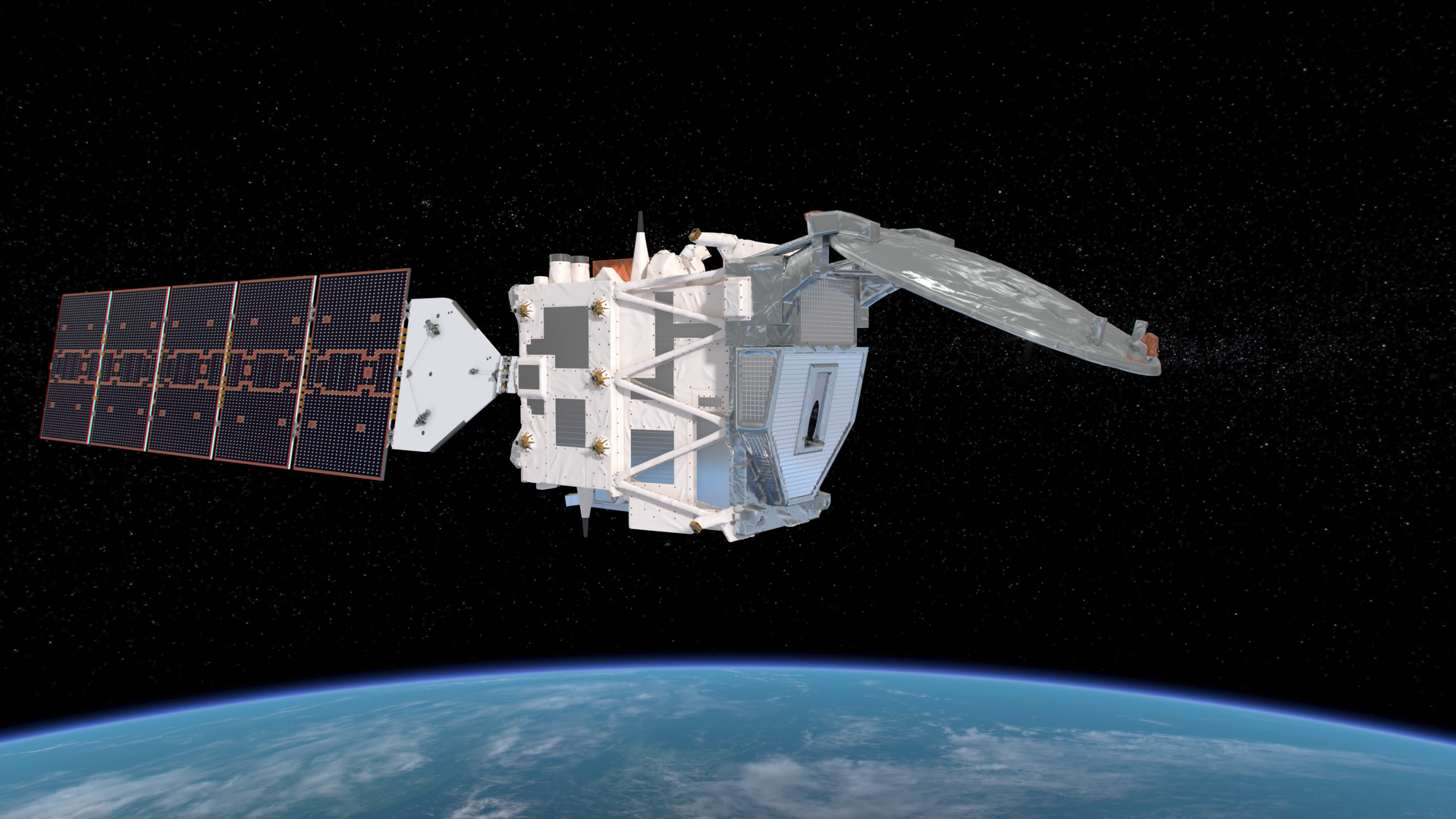
Access the video
Developed within ESA’s Earth Observation FutureEO programme, EarthCARE is the largest and most complex satellite in the series of Earth Explorer missions.
EarthCARE is a joint venture between ESA and JAXA, the Japan Aerospace Exploration Agency. JAXA provides the cloud profiling radar instrument. Both agencies are developing dedicated data processing capabilities, and they will exchange data products.
The EarthCARE satellite was designed and built by a consortium of more than 75 companies under Airbus as the prime contractor.
EarthCARE was launched on 29 May 2024 on a SpaceX Falcon 9 rocket from the Vandenberg Space Force Base in California, US.

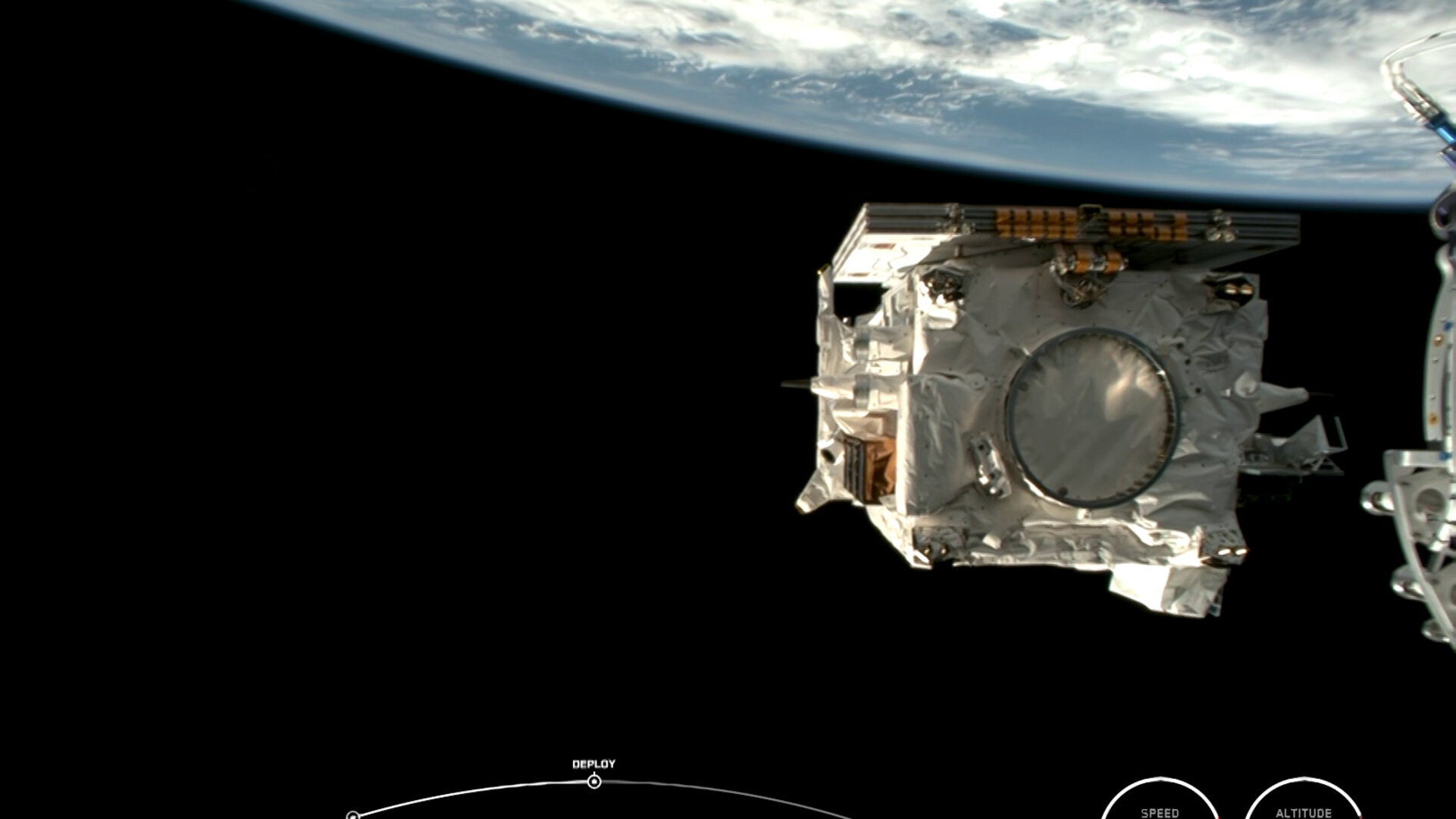
Access the video
Back to EarthCARE homepage |


